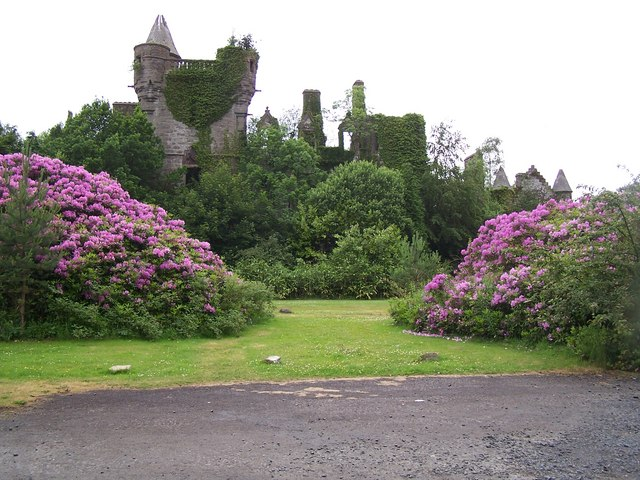The ruined and abandoned buildings are strangely beautiful in a way that cannot be expressed in words. It seems that they have more stories to tell than buildings that are still in use and in one piece.
Its crumbling walls that are often overgrown with lush vegetation arouse people’s minds more than “normal” buildings. Usually it happens that the real stories of such a romantic place are exaggerated with a dose of fantasy that has nothing with the historical facts.
But this is not the case with the ruined Buchanan Castle (actually it is a grand Early Scots Baronial country house). Its decaying appearance still radiates beauty — and the history hidden in plain sight is what draws the curious visitors to explore it.
There are stories of paranormal activity, reports of strange sounds and whispering from inside the building, but they are probably product of the people’s imagination. After all, Buchanan Castle was abandoned so long ago that is camouflaged by a green curtain of trees and plants.
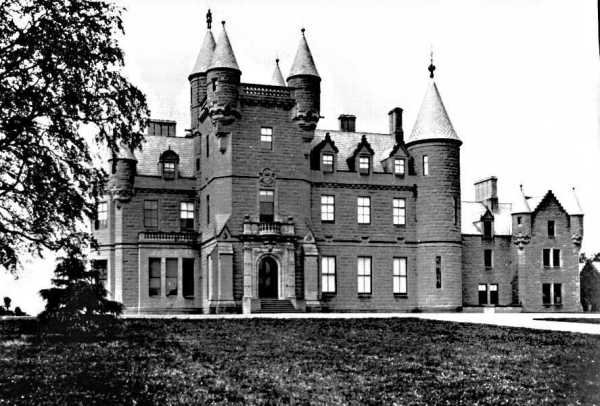
The eerie remains of Buchanan Castle are located west of the village of Drymen in Stirlingshire, central Scotland, near the ruins of the old Buchanan House. The “new castle” was erected by James Graham, 4th Duke of Montrose.
See also: Beautiful Wardour Castle by drone
Although it bears the name of the Buchanan Clan, none of the Buchanans ever lived there. In fact it is not even related with them, except that the original castle on the site (Buchanan Auld House) was the ancestral seat of Clan Buchanan for several centuries.
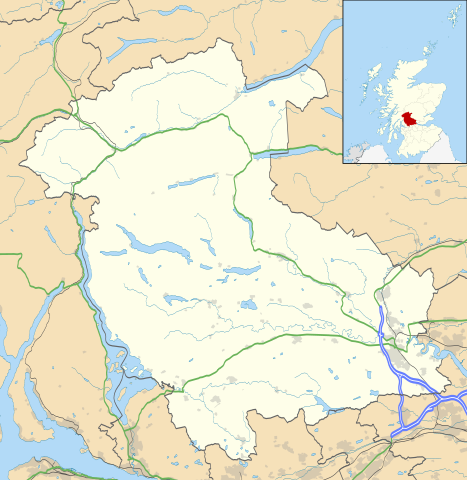
The estate and the old castle passed to the Graham family in the 17th century. Unfortunately this complex was swallowed up by flames during a devastating fire in 1850.
After this tragic incident, in 1852, James Graham started construction of a new mansion. His wishes were brought into reality by the most prominent Scottish architect of the era, William Burn.
His primary wish was to have a classy and luxurious home for his family where they could enjoy plenty of moments of pleasure. The second house was built on higher ground than its predecessor.
The construction work was completely finished in 1858 and the final result was a pure aesthetic enjoyment: a large traditional asymmetric baronial “castle-like” mansion with several pointed towers and two courtyards. But after the death of the 5th Duke of Montrose in 1925, the house and the property were sold.
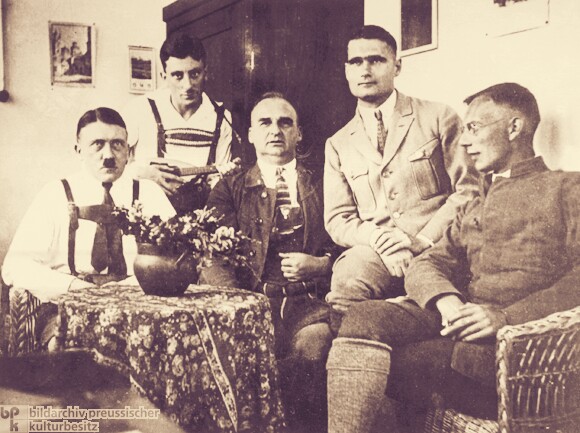
The house opened as a hotel with golf course for a short period in the 1930s. During World War II it was requisitioned and used as a military hospital. For the needs of its new function, wards and many other supporting buildings were built in the gardens and grounds around the house.
Probably its most notorious patient was Hitler’s deputy, Rudolf Hess. He is widely known as the man who stood behind the creation of the Hitler’s autobiographical book Mein Kampf.
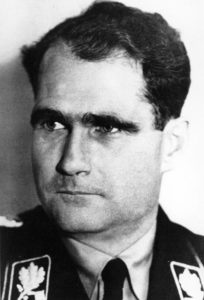
In 1924 they were imprisoned in Landsberg Prison where Hitler dictated his memoirs to him. Before publishing, Hess also edited much of the writings.
In 1941 he was treated briefly in Buchanan Castle for injures that happened after his plane crashed-landed in Scotland in May 1941, near the village of Eaglesham, south of Glasgow. Hess was allegedly on a secret mission to Britain to negotiate peace with the Duke of Hamilton behind the Fuhrer’s back.
His plane ran out of fuel during his solo flight and he injured his ankle after bailing out with his parachute. He was arrested and taken to Buchanan Castle for treatment as a prisoner of war, before being transferred to the high-security Cultybraggan Camp 21. Rudolph Hess was kept in Britain as a prisoner until the end of the war.
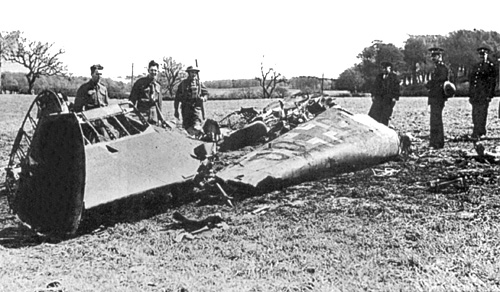
After the war the castle served briefly as the Army School of Education before becoming abandoned. A large number of the surrounding hospital buildings were sold and transformed into residential houses.
In 1954-1955 parts of the castle were demolished, such as some of the adjoining wings. The roof was removed during the same period in order to be avoid paying tax and the structure quickly entered into a process of deterioration. Sadly, the tax law was abolished a few years later, but the roof was not replaced.
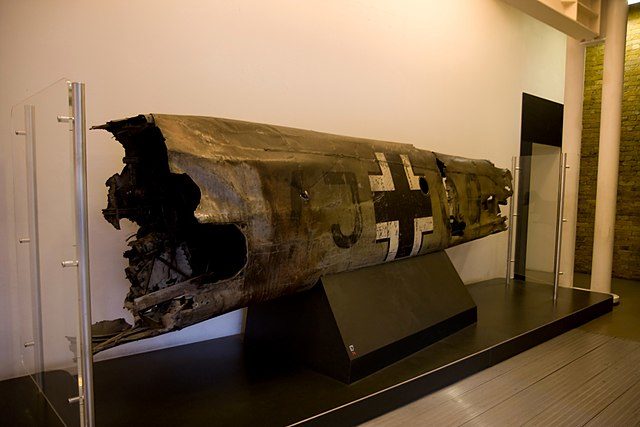
The remains stand in the heart of the formerly landscaped grounds, just next to a golf course and the houses. It is still the official seat of Clan Graham, but throughout the years nature has reclaimed the ruins.
The surviving parts are covered with vegetation, mainly ivy and moss, that is slowly conquering the whole place. There are trees growing inside the property, especially on the first and seconds floors. Although the stone work is in good condition, when the roof was removed the interior became exposed to the elements. Now it is in very poor condition.
Although fenced off the curious visitors could freely explore the interior. Warnings signs are placed all over to warn about the possible dangers. Exploring inside Buchanan Castle is quite risky, because the floors are weak and riddled with holes.
Some of the remaining interior walls are crumbling, but those built from stone are still standing. The towers can be still seen the towers from a distance and surprisingly look like they are still in good condition.
Much of the outer walls still remain at their full height, as well most of the bartizans and dormer pediments. At the beginning of the 21st century there were plans for the estate to be developed into flats, but the formal request was refused.
